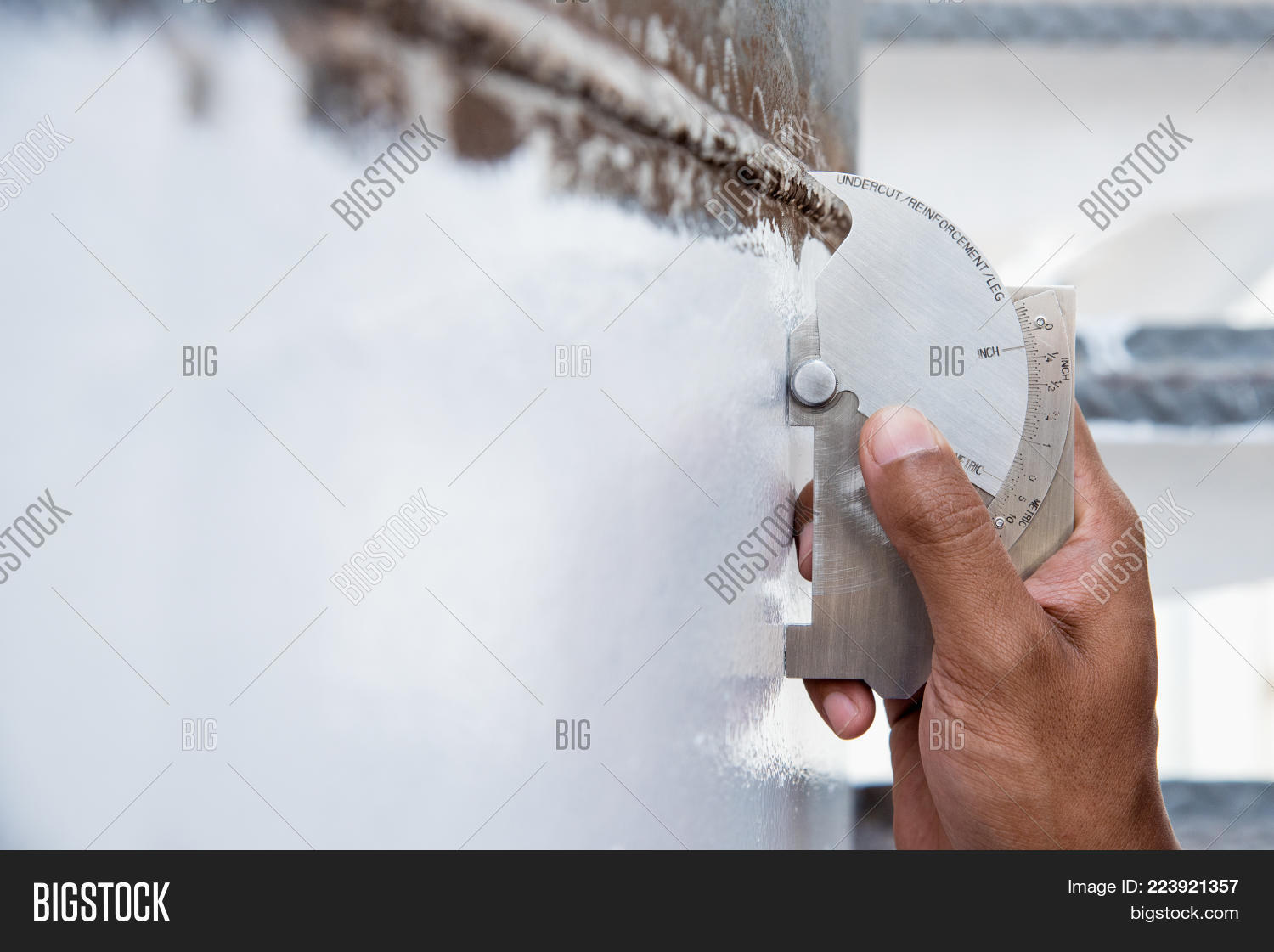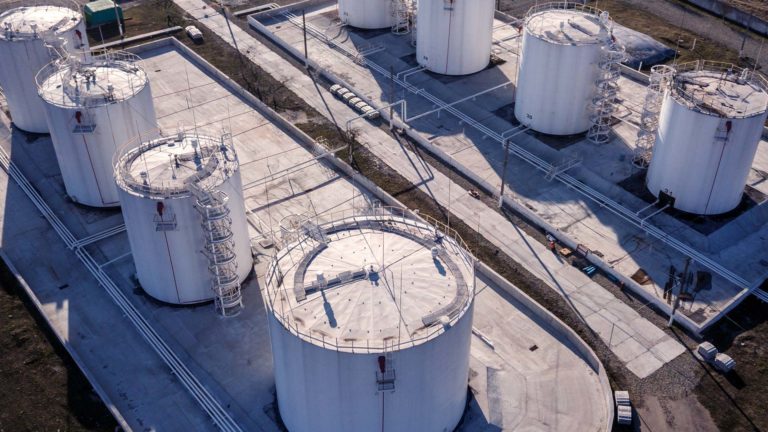Recognizing the Key Steps in Tank Welding Inspection Procedures
Recognizing the Key Steps in Tank Welding Inspection Procedures
Blog Article
A Thorough Overview of Tank Welding Inspection Standards and Methodologies for Improved Weld Quality and Performance
The significance of welding examination requirements in the manufacturing of storage tanks can not be overstated, as they offer as the backbone for making sure weld integrity and functional dependability. Numerous inspection methods, including visual evaluations and advanced non-destructive testing approaches, are crucial in determining potential defects that could compromise performance.
Significance of Welding Inspection Specifications

Welding examination requirements incorporate a variety of standards, consisting of product specifications, welding treatments, and certifications of workers associated with the welding process. By enforcing these criteria, organizations can systematically determine and remedy prospective issues, consequently decreasing the chance of expensive fixings or devastating failings. In addition, rigorous assessment methods promote a society of liability and accuracy, encouraging welders to keep high degrees of workmanship.

Typical Welding Evaluation Strategies


Ultrasonic Testing (UT) is an additional widespread technique, making use of high-frequency acoustic waves to discover interior flaws that may not show up on the surface. This method is specifically reliable for determining voids or additions within the weld metal. Magnetic Bit Checking (MT) is additionally extensively made use of, specifically for ferromagnetic materials, as it exposes surface area and near-surface flaws through the application of electromagnetic fields and ferrous bits.
Additionally, Fluid Penetrant Screening (PT) discovers surface-breaking issues by applying a penetrant to the weld and after that using a designer to draw out the penetrant. Each of these techniques adds to a detailed evaluation method, making sure that welds satisfy the strict quality requirements required in container building and construction.
Regulatory Requirements and Compliance
Regulatory requirements and conformity are vital components in making certain the safety and security and integrity of welded frameworks in tank construction - Tank Welding Inspection. These requirements serve to develop minimum requirements for product buildings, welding procedures, and evaluation techniques, thereby reducing the threat of architectural failures and improving total performance
Key companies, such as the American Society of Mechanical Engineers (ASME) and the American Welding Society (AWS), provide guidelines that are commonly adopted in the market. Compliance with these criteria not only makes sure adherence to finest techniques yet additionally fulfills legal and contractual obligations, securing the interests of stakeholders.
Regulative bodies often mandate adherence to particular codes, such as ASME Code Section IX for welding qualifications and API 650 for bonded containers. These codes detail needs for welding methods, certifications of employees, and screening methods to verify weld integrity.
Routine audits and examinations are important to maintaining compliance, as they assist identify inconsistencies from established standards. Non-compliance can lead to significant charges, job delays, and safety and security risks. Hence, a durable understanding of regulatory requirements and a commitment to compliance are paramount in attaining high-grade and sturdy welded container structures.
Non-Destructive Testing Techniques
How can the honesty of welded frameworks be assured without triggering damage? Non-destructive screening (NDT) approaches provide a durable service, allowing assessors to assess weld quality without endangering the material - Tank Welding Inspection. Among the most usual NDT strategies are ultrasonic screening (UT), radiographic screening (RT), magnetic fragment testing (MT), and color penetrant screening (PT)
Radiographic testing entails passing X-rays or gamma rays through the weld, producing pictures that disclose architectural flaws such as fractures or gaps. This approach is indispensable for examining the honesty of intricate welds.
Magnetic particle testing is over at this website suited for ferromagnetic products, where electromagnetic fields expose surface and near-surface interruptions. Color penetrant testing makes use of a fluid dye to highlight surface-breaking imperfections, making it an effective approach for non-porous products.
Each of these NDT methods has distinctive advantages, enabling browse around this site thorough analyses tailored to particular materials and welding procedures. By applying these strategies, industries can guarantee the dependability and security of welded frameworks, inevitably improving total performance.
Enhancing Weld Quality With Evaluation
Reliable inspection plays a critical role in improving weld top quality, acting as a crucial checkpoint in the fabrication process. By determining prospective issues early, evaluations reduce the risk of compromised architectural stability and ensure conformity with industry requirements. Using a mix of aesthetic assessments, non-destructive screening (NDT) approaches, and mechanical evaluations, inspectors can find concerns such as porosity, splits, and incomplete combination.
Applying a robust inspection method not just improves the general top quality of welds however likewise fosters a society of responsibility among welders and fabricators. Normal training and accreditation of evaluation personnel make certain that they are outfitted with the needed abilities to recognize and deal with potential troubles successfully. This proactive approach reduces rework and connected expenses, eventually contributing to forecast effectiveness.
Additionally, extensive documents of inspection searchings for gives useful understandings right into recurring concerns, facilitating continual improvement in welding practices. By leveraging innovative technologies, such as automated ultrasonic screening or electronic radiography, weld quality can be improved through a lot more check my reference precise evaluations. Finally, a strenuous inspection procedure is important in attaining premium welds, guaranteeing safety, reliability, and long life in container construction.
Verdict
In final thought, the execution of rigorous tank welding examination standards and techniques is important for ensuring weld honesty and performance. By utilizing a mix of aesthetic inspections, non-destructive screening techniques, and adherence to governing criteria, companies can properly recognize and reduce potential defects.
Report this page